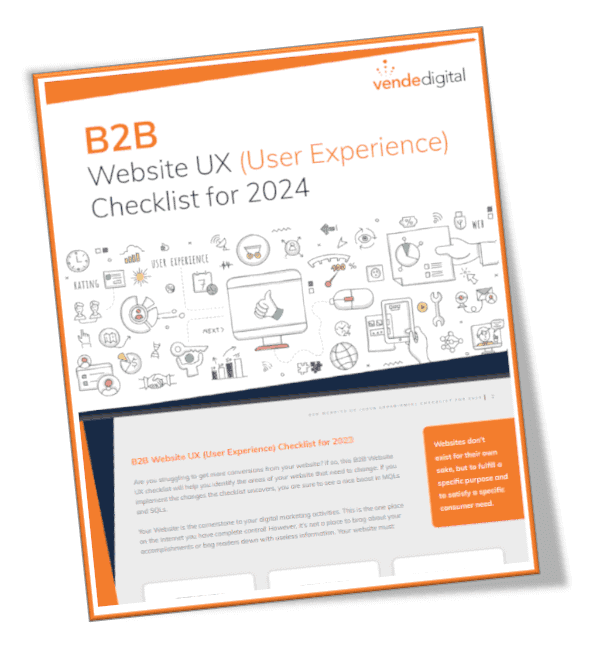by Ray Larson
Display ads may be much more effective than everyone thought
Probably never thought you would get those “Proactiv” ads out of your mind and you certainly didn’t think you needed treatment for clearer skin. Well, that was obviously Guthy-Renker’s intention and apparently it worked because you are still thinking about it – but you aren’t going to learn about acne treatment from this one.
Facebook’s Atlas ad servicing and analytics unit had some good news for Gunthy-Renker, the product giant which markets the acne treatment “Proactiv.” Facebook finds that simply linking a click from a search ad to a sale doesn’t tell the whole story – and it doesn’t say where the credit should go. A lot of the credit for Proactiv search ads should really go to the display ad budget.
A study of 12,000 online Proactiv purchases found that 16% of those purchases actually began with an online display ad that they didn’t click on. The remainder came from a fairly even split between a click on the display ad and a click on the search ad. But that means that about 60% of the sales started with display vs. the 40% that had been credited.
Facebook has been able to provide this kind of insight through its “anonymized monitoring” of user’s online activity which tracks the digital “path to purchase.” Facebook wants you to buy more display ads, but even they say what they really want you to know is that relying on “clicks” to tell you where your advertising is working only gives you part of the story. To complicate matters, Proactiv also has a massive TV presence so they can’t factor that in…until people start watching TV through Facebook which is probably in the works…
Facebook unlikes “likes”
In a recent effort to squash “paid” likes, Facebook reportedly did a massive deletion of “fraudulent” and inactive accounts starting in January of this year.Apparently, there have been companies that set up accounts to offer a “click farm” service – even one actually called “Paid-to-like.” Businesses could pay for a certain number of “likes” which made the brand look more popular.
Google may have made a mistake – Gasp!
That may simplify the problem but their plan hasn’t worked and Google has announced they are unlinking the platforms. Users will no longer have to have a Google+ account to use other Google services. The dismantling will start with YouTube and proceed from there.
See the dismantling at CNN Money. Of course, Google puts a good spin on it on the GoogleBlog.
Point is: Even the Google giant can make mistakes and sometimes you have to admit something just isn’t working out.
Check out the 31 “amazing” statistics about social media
Yes, we put “amazing” in quotation marks. That’s because not all of these statistics we found are actually amazing but some are pretty insightful.
Regarding social media use
- About 75% of all adults who use the Internet also use at least one social media site – and most of them are on Facebook. Facebook and Pinterest have an “older” crowd, while Instagram and Tumbler are dominated by those under 30.
Regarding customer service
- Though most people have used social media for customer service, only about 2% overall prefer that method – with the rest preferring traditional methods, you know…like the phone BUT 27% of millennials actually prefer customer service over social media (meaning that the rest of the population hates it).
- Up to a whopping 70% of users expect a response when engaging with a brand or company through Twitter and HALF expect it within the hour.
Regarding consumer behavior
- Nearly one-third of millennials say they are likely to make a purchase based on a friend’s social media post, while amongst those over 65 – over three-fourths are not going to do so.
- Consumers aged 55-64 are twice as likely to engage with brand content than those millennials who rely on their friends.
Read more “amazing statistics” at Business 2 Community (really, there is some good stuff in here).
Point is – Actually two points. 1. As if you didn’t know – social media channel use and behavior varies widely depending on demographics and you need to know your target to find out where they are lurking but more importantly, 2. If you are using social media, particularly Twitter to provide direct engagement and customer service – you’d better have someone from your organization ready and able to respond when they do, otherwise you may lose the fickle attention.
